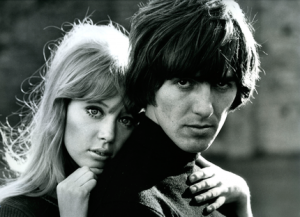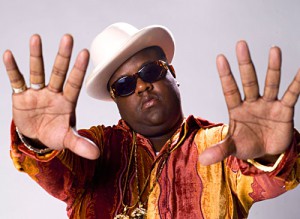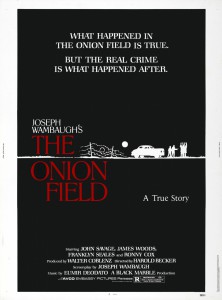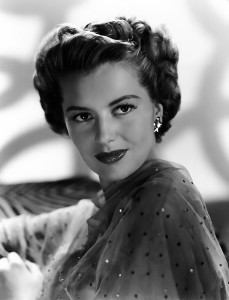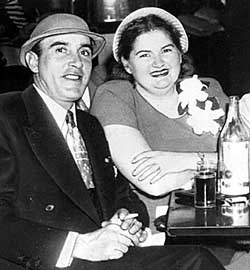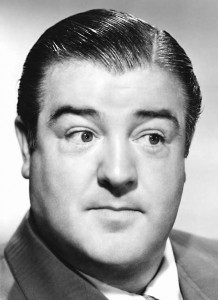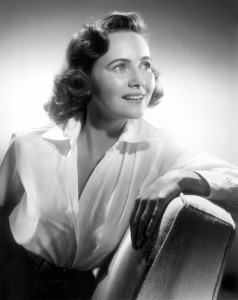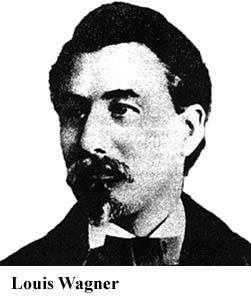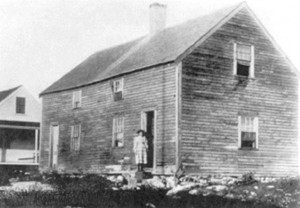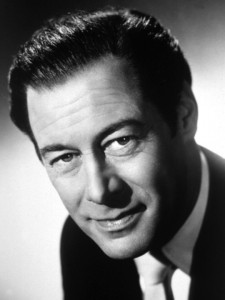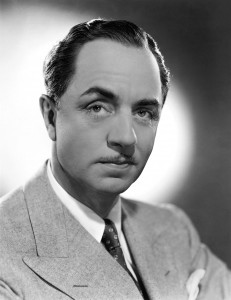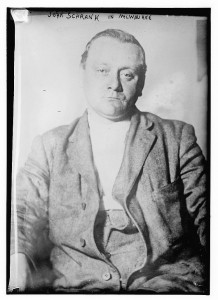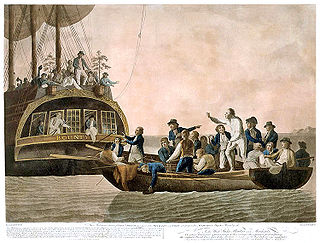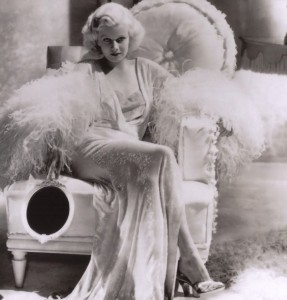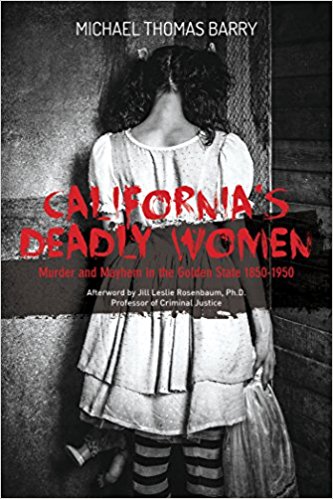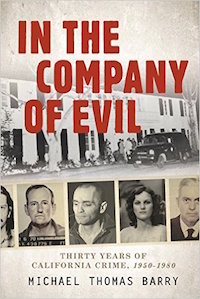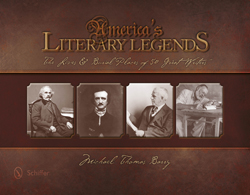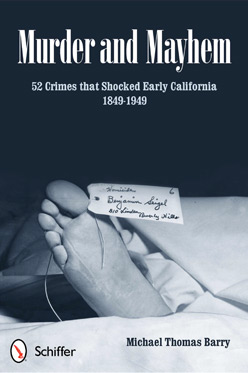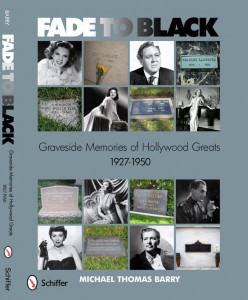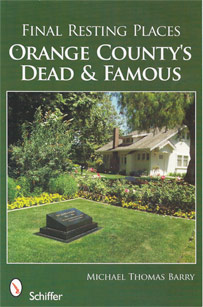03.12
On March 12, 1969, the London drug squad appears at house of George Harrison and Pattie Boyd with a warrant and drug-sniffing canines. Boyd immediately used the direct hotline to Beatles headquarters and George returned to find his home turned upside down. He is reported to have told the officers “You needn’t have turned the whole bloody place upside down. All you had to do was ask me and I would have shown you where I keep everything.”
Without his assistance, the constables, including Sergeant Pilcher who had directed the drug-related arrest of John Lennon the previous year, had already found a considerable amount of hashish. Harrison and Boyd were arrested and as they were being escorted to the police station, a photographer began shooting pictures of the famous couple. Harrison chased after the photographer, with the cops trailing right behind him down the London street. Finally, the man dropped his camera and George stomped on it before the officers subdued him.
Harrison and his model wife, who missed Paul and Linda McCartney’s wedding that same day because of the arrest, were released on bail. A few weeks later, Harrison and Boyd were allowed to plead guilty. Despite the rather prodigious amount of hash recovered from their home, the authorities were satisfied that it was all for their personal use. They were fined 250 pounds each, and even had a confiscated pipe returned to them. Ten years later, Boyd married guitarist Eric Clapton and Harrison sang and played at their wedding. Sergeant Pilcher, the man behind the raid, was convicted of planting drugs in other cases and went to jail in 1972. George Harrison died in November 2001 after a struggle with cancer.

